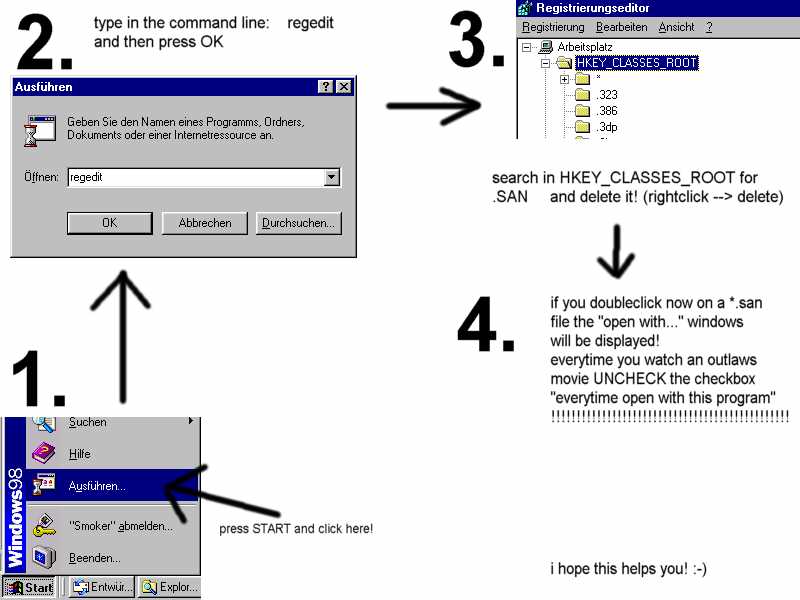Community Development Mission To consistently build-up and manage by delivering contemporary business services vital to diverse entrepreneurial activities in the expansion, retention, and attraction of quality goods and services for the public who live, work, and play in the City of Compton. SFML is made of 5 modules (system, window, graphics, network and audio), and there's one library for each of them. To link an SFML library, you must add '-lsfml-xxx' to your command line, for example '-lsfml-graphics' for the graphics module (the 'lib' prefix and the '.so' extension of the library file name must be omitted). The community development programs we support target grades K-12, under-served students, and under-resourced communities. Roughly 10% of Bayer Fund giving goes towards new annual requests for funding provide access to the arts, youth development and to basic needs.
- Download X3dfx Community Development Graphics Card
- Download X3dfx Community Development Graphics
- Download X3dfx Community Development Graphic Organizer
- Relationships
- Planning
- Assessment
- Management
- Monitoring & Evaluation
Community development is the process of increasing the engagement and inclusion of people in the decisions that affect their quality of life.
Download X3dfx Community Development Graphics Card
The ICMM has developed 20 tools to support mining and metals companies in promoting sustainable community development.
The tools offer practical guidance for every stage of the mining process from exploration, construction and operations, to decommissioning, closure and ultimately, the post-closure environment.
Accompanied by easy-to-use, step-by-step route maps, these tools help:
- Foster constructive working relationships between communities, companies and governments
- Build capacity within governments, companies and local communities to address sustainable development at local level
- Improve understanding of local community development processes
- Promote the potential of mine development and operation to add value to sustainable social and economic development
- Create and improve lasting opportunities for sustainable community development through every phase of the mining and metals project cycle – and beyond
- Reduce conflict in mining communities and regions
The tools have been divided into five groups according to their main uses: relationships, planning, assessment, management and monitoring and evaluation.
Download more detailed text around the tools and their use.

Relationships
1, 2, 3, 4, 5
Relationships are the most important element of any successful community development program. The best-designed plans will falter if there is insufficient trust between stakeholders.
Initially, the objective is to identify every individual and group that may have an interest in a project, paying particular attention to including vulnerable or marginalised groups, for example women, children or the elderly. The main aim is for inclusivity, ensuring no one is missed out.
Planning
6, 7, 8, 9, 10
Strategic planning is a tool to help plan both human and economic resources required to undertake community development activities, or expand or adopt new programs. Being able to clearly articulate the resources needed for implementing programs and policies is key to being able to plan and manage budgets and personnel, for both communities and companies.
Tools 6-10 help companies define and express why they want to contribute to community development, how to define and plan objectives and outline required resources. The tools aid the implementation of key programs and policies.

Assessment
11, 12, 13
Considering environmental and social elements enables companies to mitigate negative impacts, understand potential opportunities and develop robust management systems.

Download X3dfx Community Development Graphics
These tools help people understand the potential risks and impacts of the mine on surrounding communities and other stakeholders. Tools 11,12 and 13 can work together or as separate entities.

Management
14, 15, 16, 17, 18
Managing community development programs after the community and partners have designed them is very important. Even well designed plans may fail if not effectively managed.
The management tools provide methods and approaches for mitigating potentially negative impacts and enhancing benefits, to achieve optimised community development.
Monitoring & Evaluation
19, 20
Monitoring and evaluation supports a company’s commitment to stay on track and achieve results. It also provides an opportunity to critically review management systems and processes; what’s working well and what needs further development.
Tools 19 and 20 provide companies with an understanding of the progress of their community development programs. The tools also advise on how to report this information, both internally and externally, in order to achieve program goals.
This tutorial is the first one you should read if you're using SFML on Linux. It will explain how to install SFML, and compile projects that use it.
Download X3dfx Community Development Graphic Organizer
There are different approaches to the installation of SFML on Linux:

- Install it directly from your distribution's package repository
- Get the source code, build it and install it
- Download the precompiled SDK and manually copy the files
Option 1 is the preferred one; if the version of SFML that you want to install is available in the official repository, then install it using your package manager. For example, on Debian you would do:
Option 2 requires more work: you need to ensure all of SFML's dependencies including their development headers are available, make sure CMake is installed, and manually execute some commands. This will result in a package which is tailored to your system.
If you want to go this way, there's a dedicated tutorial on building SFML yourself.
Finally, option 3 is a good choice for quick installation if SFML is not available as an official package. Download the SDK from the download page, unpack it and copy the files to your preferred location: either a separate path in your personal folder (like /home/me/sfml), or a standard path (like /usr/local).
If you already had an older version of SFML installed, make sure that it won't conflict with the new version!
In this tutorial we're not going to talk about IDEs such as Code::Blocks or Eclipse. We'll focus on the commands required to compile and link an SFML executable. Writing a complete makefile or configuring a project in an IDE is beyond the scope of this tutorial -- there are better dedicated tutorials for this.
If you're using Code::Blocks, you may refer to the Code::Blocks tutorial for Windows; many things should be similar. You won't have to set the compiler and linker search paths if you installed SFML to one of your system's standard paths.
First, create a source file. For this tutorial we'll name it 'main.cpp'. Put the following code inside the main.cpp file:
Now let's compile it:
In case you installed SFML to a non-standard path, you'll need to tell the compiler where to find the SFML headers (.hpp files):
Here, <sfml-install-path> is the directory where you copied SFML, for example /home/me/sfml.
You must then link the compiled file to the SFML libraries in order to get the final executable. SFML is made of 5 modules (system, window, graphics, network and audio), and there's one library for each of them.
To link an SFML library, you must add '-lsfml-xxx' to your command line, for example '-lsfml-graphics' for the graphics module (the 'lib' prefix and the '.so' extension of the library file name must be omitted).
If you installed SFML to a non-standard path, you'll need to tell the linker where to find the SFML libraries (.so files):
We are now ready to execute the compiled program:
If SFML is not installed in a standard path, you need to tell the dynamic linker where to find the SFML libraries first by specifying LD_LIBRARY_PATH:
If everything works, you should see this in a new window:
